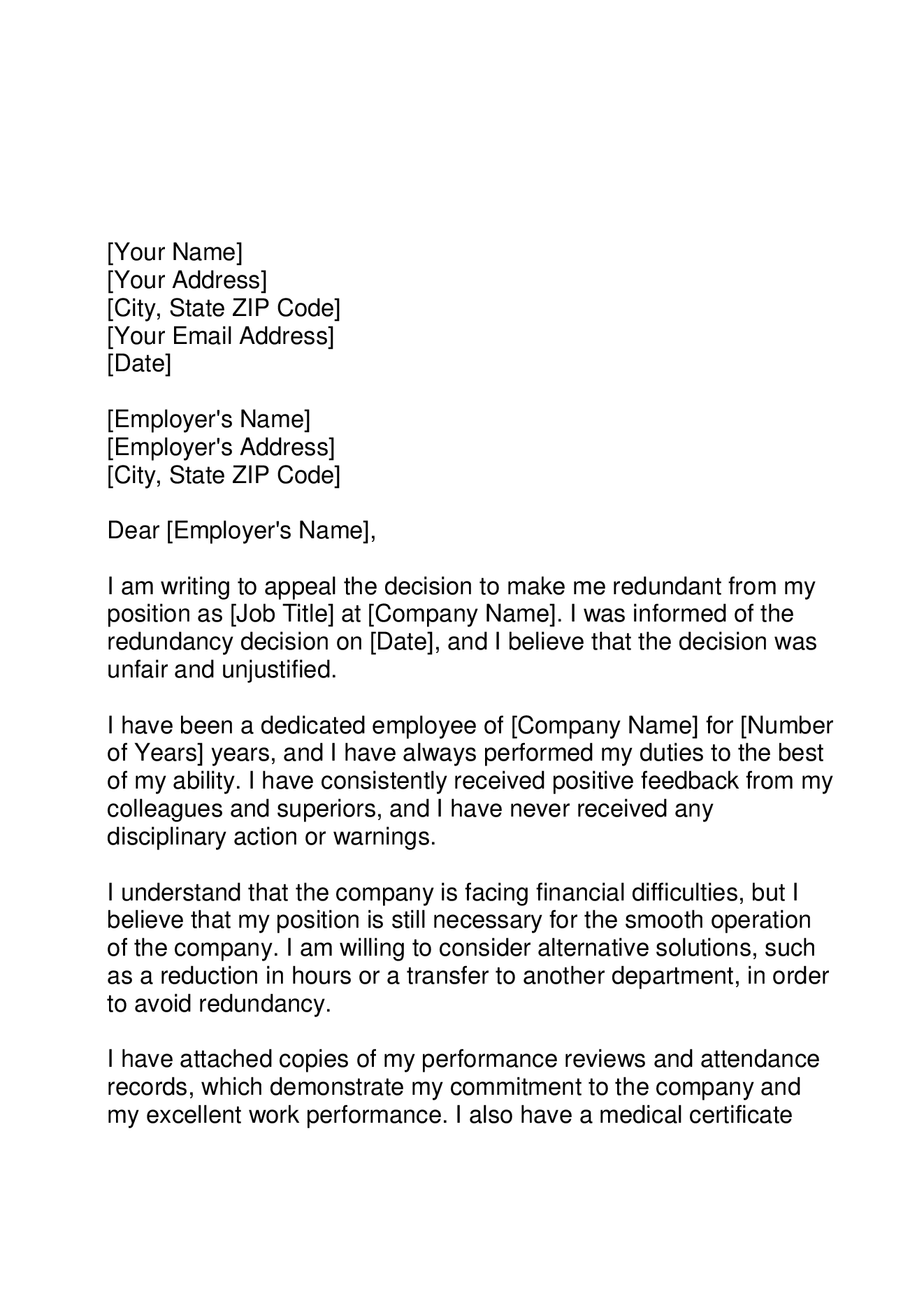Who Pays Redundancy Money? Recognizing Employer Responsibilities in the UK
Who Pays Redundancy Money? Recognizing Employer Responsibilities in the UK
Blog Article
Discovering the Operational Characteristics of Company Redundancy and Its Long-Term Sustainability

Redundancy Strategies for Organization Continuity
In order to make sure continuous procedures, services must execute reliable redundancy strategies for business connection. Redundancy in this context describes the duplication of important components or features within a system to mitigate the impact of prospective failings. By including redundancy techniques, companies can boost their resilience against disruptions brought on by various elements such as natural calamities, devices failings, or cyber-attacks.
One common redundancy method is the application of backup systems and data storage space options. This includes developing duplicates of crucial information and systems that can be triggered in instance of a primary system failure. Furthermore, organizations can establish redundant communication channels and source of power to keep connectivity and operations during unexpected events.
Additionally, cross-training workers to execute numerous duties within the company can function as a useful redundancy method. This makes sure that crucial tasks can still be performed even if essential personnel are not available as a result of illness or various other factors. In general, effective redundancy methods are crucial for services to support operational connection and minimize the impact of potential disruptions.
Influence of Redundancy on Organizational Strength
Given the important function redundancy strategies play in making certain business continuity, exploring the impact of redundancy on organizational resilience ends up being imperative for comprehending the alternative functional dynamics of a company. Organizational durability refers to an entity's capability to adapt to disruptions, recoup from problems, and change when required while keeping core features. Redundancy, when tactically applied, can dramatically contribute to improving an organization's strength in the face of unforeseen obstacles. By having back-up systems, employees, or processes in position, companies can better stand up to shocks and continue procedures with marginal disruption.
Additionally, redundancy can boost worker spirits and self-confidence, recognizing that there are backup strategies in area to resolve unanticipated circumstances. This complacency can lead to enhanced performance and a more positive work environment. Additionally, redundancy can foster development and creative thinking within a company as staff members really feel encouraged to take calculated threats, recognizing that there is a safety and security web to support them in situation of failure. In general, the impact of redundancy on business durability is extensive, shaping the long-term sustainability and success of a company.
Balancing Efficiency and Adaptability in Redundancy
Attaining a harmonious stability in between functional site here efficiency and flexible versatility is an essential obstacle in the strategic release of redundancy within organizations. Reliable procedures are essential for keeping efficiency and cost-effectiveness, ensuring that sources are used optimally. Nonetheless, excessive focus on efficiency alone can bring about strength, making it challenging for companies to adapt to unanticipated changes or obstacles. On the other hand, adaptability allows companies to respond nimbly to developing conditions, fostering advancement and resilience. Yet, excessive adaptability without a strong functional structure can cause inefficiencies and variance.
To stabilize effectiveness and flexibility in redundancy preparation, companies should thoroughly assess their functional requirements, market dynamics, and strategic objectives. Eventually, locating the ideal stability in between efficiency and adaptability is critical for developing a sustainable and resistant company in the face of uncertainty.
Long-Term Sustainability Through Redundancy Planning
To make certain enduring stability and stability, organizations must purposefully align their redundancy preparation with long-term sustainability goals, therefore balancing functional effectiveness with flexible flexibility. Lasting sustainability via redundancy planning entails greater than simply short-term cost-cutting procedures. It calls for a detailed strategic approach that prepares for future challenges and possibilities. Firms should see redundancy not as a reactive remedy to prompt problems yet as a proactive technique for long-term success. By integrating redundancy preparation with sustainability purposes, organizations can create a resilient framework that can hold up against various market changes and interior changes.

Proactive Procedures for Lasting Firm Workflow
Exactly how can firms proactively enhance their operational sustainability for long-lasting success? Executing positive actions is vital for firms intending to make certain lasting procedures. One key method is to spend in technology and technology to streamline processes, reduce waste, and stay affordable in the marketplace. Embracing lasting practices such as lowering power intake, decreasing carbon impact, and optimizing resource usage can not only benefit the atmosphere but likewise lead to cost savings in the future.
Moreover, promoting a culture of continuous renovation and knowing within the company can boost adaptability to altering market conditions and customer needs. Motivating employee involvement in decision-making processes and giving chances for expert development can boost morale, performance, and general performance. Developing clear objectives, monitoring key efficiency useful site signs, and regularly assessing progression are crucial components of aggressive sustainability administration.
Working together with providers, customers, and various other stakeholders to promote lasting methods throughout the supply chain can produce a causal sequence of favorable effect - redundancy pay if company goes bust. By taking aggressive actions towards functional sustainability, business can construct resilience, drive development, and secure their lasting success in an ever-evolving company landscape
Verdict

In the realm of business administration, the calculated release of company redundancy stands as a pivotal yet complex practice that demands a fragile equilibrium between functional efficiency and long-lasting viability. By studying the operational characteristics that underpin business redundancy and reviewing its wider implications for business durability and flexibility, a nuanced understanding of exactly how redundancy approaches can shape the future trajectory of a Recommended Site firm begins to unfold.Provided the vital function redundancy strategies play in making certain service connection, checking out the influence of redundancy on organizational durability comes to be necessary for comprehending the all natural operational dynamics of a business. On the whole, the impact of redundancy on business strength is extensive, shaping the long-term sustainability and success of a business.
In conclusion, recognizing the functional characteristics of business redundancy is vital for making sure lasting sustainability.
Report this page